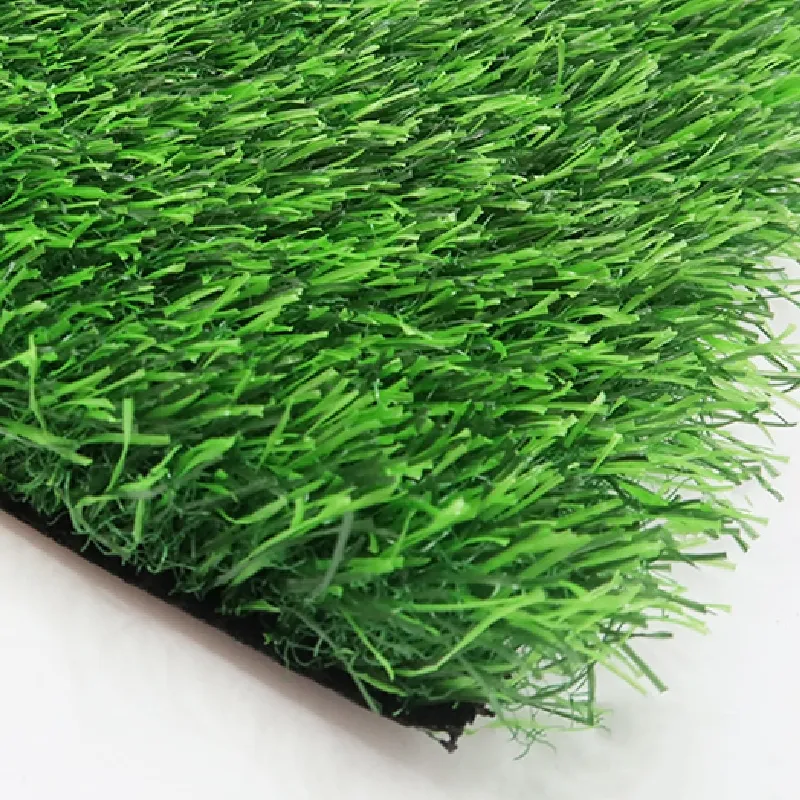
- Afrikaans
- Arabic
- Belarusian
- Bengali
- Czech
- Danish
- Dutch
- English
- Esperanto
- Estonian
- Finnish
- French
- German
- Greek
- Hindi
- Hungarian
- Icelandic
- Indonesian
- irish
- Italian
- Japanese
- kazakh
- Rwandese
- Korean
- Kyrgyz
- Lao
- Latin
- Latvian
- Malay
- Mongolian
- Myanmar
- Norwegian
- Persian
- Polish
- Portuguese
- Romanian
- Russian
- Serbian
- Spanish
- Swedish
- Tagalog
- Tajik
- Thai
- Turkish
- Turkmen
- Ukrainian
- Urdu
- Uighur
- Uzbek
- Vietnamese
Exploring the Benefits of Grass Pitches for Sports and Recreation
Nov . 08, 2024 08:07 Back to list
The Rise of Grass Pitches An Essential Element in Sports and Recreation
Grass pitches have long been a fundamental component of sports and recreational activities worldwide. They serve as the foundation not only for traditional sports like football (soccer), rugby, and cricket but also for community gatherings and events. With an increasing emphasis on sustainability, the conversation surrounding grass pitches has evolved, focusing on their ecological benefits, maintenance, and technology used in modern-day sporting facilities.
The primary appeal of grass pitches lies in their natural aesthetic and the unique playing conditions they provide. Unlike artificial surfaces, grass offers players a softer landing, which can significantly reduce the risk of injuries. For instance, studies show that athletes playing on grass are less likely to suffer from ankle and knee injuries compared to those on synthetic surfaces. Moreover, the ability of natural grass to absorb impact plays a crucial role in promoting athlete safety.
Another significant advantage of grass pitches is their ecological impact. Grass acts as a natural air purifier by absorbing carbon dioxide and releasing oxygen. It also plays a vital role in reducing urban heat—fields of grass can lower surrounding temperatures compared to hard surfaces. Furthermore, grass pitches support biodiversity, hosting various species of plants and insects, contributing to the overall health of the local ecosystem. By promoting the use of grass pitches, communities can enhance their environmental stewardship and cultivate a connection to nature.
However, maintaining a grass pitch can be a demanding task, requiring specific expertise and resources. Essential practices include regular mowing, watering, aeration, and fertilization. The challenge intensifies when considering weather conditions; too much rain can lead to muddy or waterlogged fields, while drought can stress the grass, altering its playability. Innovative maintenance techniques, such as the use of hybrid grass technologies and smart irrigation systems, have emerged to address these challenges, allowing maintenance teams to optimize the health of the field while conserving water and minimizing environmental impacts.
grass pitches

In recent years, the concept of multifunctional pitches has gained traction. These pitches are designed to accommodate a range of sporting activities as well as community events. Such versatility enables local organizations to maximize the use of their facilities. For example, a football field can easily transform into a venue for festivals, picnics, and outdoor concerts, thus fostering community spirit. Modern grass pitches can be equipped with advanced drainage systems and lighting to facilitate year-round usage, allowing them to cater to various sporting demands and interests.
The role of technology in grass pitch development and maintenance cannot be overlooked. Geographic Information Systems (GIS) and remote sensing tools have been incorporated into pitch management, enabling teams to monitor grass health, nutrient levels, and moisture content accurately. Data-driven approaches facilitate proactive measures rather than reactive ones, ensuring that turf managers can maintain optimal playing conditions consistently. Some organizations now even employ drones to survey large areas of grass fields, providing an efficient and detailed analysis of pitch conditions.
As the demand for sports and recreational spaces grows, particularly in urban settings, grass pitches remain a vital asset. They not only provide physical spaces for athletes and fitness enthusiasts but also serve as hubs for community engagement and interaction. In a world where digital technology often overshadows outdoor activities, establishing and maintaining quality grass pitches can encourage individuals and families to reconnect with nature and increase their physical health.
In conclusion, grass pitches are more than just areas for playing sports; they represent essential components of community life, contributing to environmental sustainability, player safety, and social interaction. As technology continues to evolve and our understanding of environmental impacts deepens, the future of grass pitches looks promising. Communities must prioritize their development and maintenance to ensure that they serve generations to come, embodying both the spirit of sportsmanship and environmental stewardship.
-
The Benefits of Artificial Turf for Indoors
NewsJul.15,2025
-
How Artificial Grass Suppliers Ensure Quality Products
NewsJul.15,2025
-
Artificial Grass and Pets: A Space for Relaxation
NewsJul.08,2025
-
Balcony & Outdoor Decoration with Artificial Grass
NewsJul.08,2025
-
Best Indoor Artificial Grass for Home
NewsJul.07,2025
-
Best Pet Turf for Dogs: Safe & Durable Artificial Grass Options
NewsJul.07,2025
Products categories









